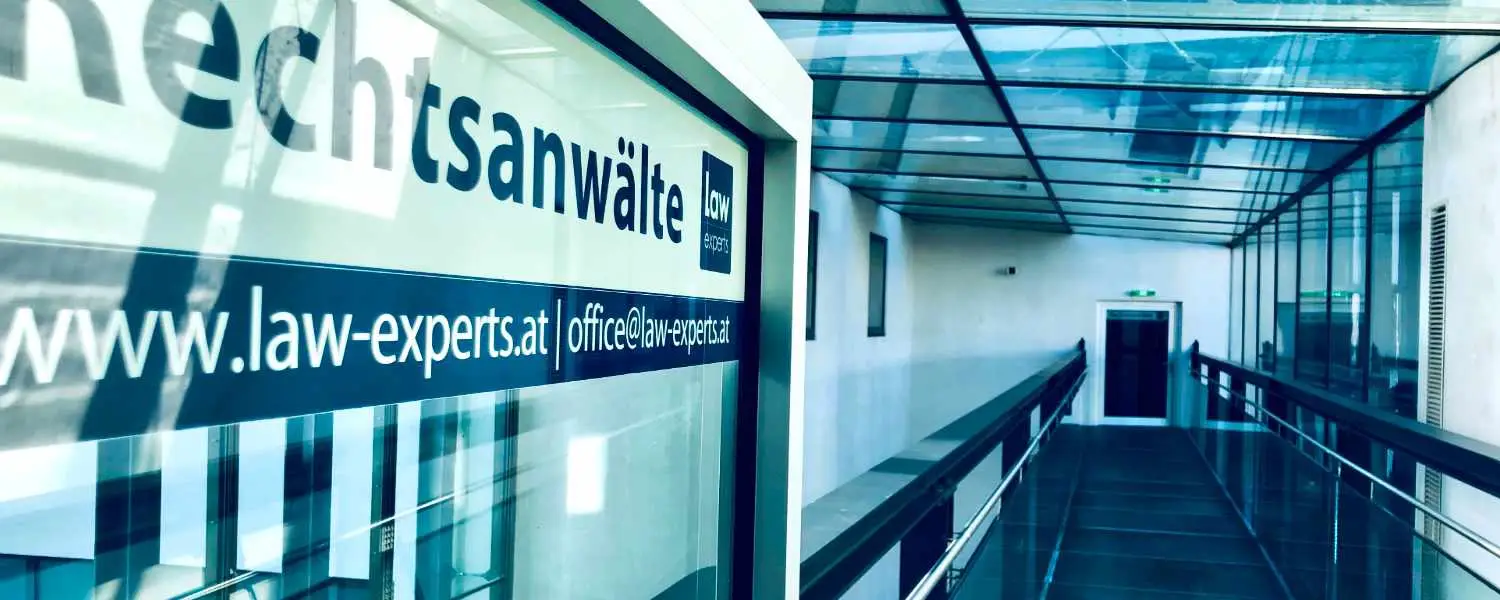Neighbourhood law: Current legal position in regard to neighbourhood nuisances within the scope of the Austrian Civil Code (ABGB)
A comprehensive regulation on neighbourhood nuisances can be found in Sec. 364 Austrian Civil Code (ABGB), which is sub-divided into three paragraphs.
Regarding paragraph 1 of Sec. 364 Austrian Civil Code (ABGB):
It is essentially the case that the exercising of the proprietary right by the proprietor is to be assessed as being illegitimate to the extent that it involves encroaching upon the rights of third parties or prescribed limitations being legally violated in order to maintain and promote the common good.
In the second paragraph of Sec. 364(1) Austrian Civil Code (ABGB), in addition a general rule of consideration under neighbourhood law is laid down, which unmistakably obliges neighbouring proprietors to mutually take into consideration the legitimate interests of the other when exercising their rights. It follows from this rule of consideration that the Courts have to engage in a weighing-up of interests when assessing the legitimacy of the proprietary rights being exercised. This regulatory fact is primarily applied where there are conflicts between neighbours where there is a major imbalance between the interests of the parties in dispute with one another.
Regarding paragraph 2 of Sec. 364 Austrian Civil Code (ABGB):
This includes, for example, but not exhaustively, effects which bring about claims to an interdict on the part of the disturbed neighbour if they take as a starting point the neighbouring property and/or the neighbour’s apartment, in so far as they: 1. “considerably exceed the usual measure according to the local conditions” and 2. “considerably impair the usual local use of the property”. Influences due to effluent, smoke, heat, odour, noise, vibration, etc. are mentioned.
In this respect, however, a considerable differentiation is to be made: Pursuant to Sec. 364(2)(2), to be specific, “direct lines” are, in any event, inadmissible (e.g. the "troublemaker" pours water on the neighbour’s property or erects a system that directs the water there), whereas the admissibility of indirect ingress of immeasurable substances is to be tolerated within the limits of what is usual in the locality. Without the existence of an (at least) indirect impact upon the property, in any event no claim to impose an interdict can be established. Merely aesthetic criteria are therefore not sufficient (e.g. the construction of a tower block in an exclusive residential district).
The de facto circumstances that prevail in the local environment to be assessed are crucial for determining what is usual in the locality. The relevant environment is not merely to be viewed in the light of the direct spatial proximity, e.g. in an alleyway, but within the scope of the typical environment of a district. That means that urban districts in a larger town can, for example, be considered an environment. In addition to the criterion of what is usual in the locality, an examination of whether the use of the landed property is considerably impaired needs to be conducted to be able to give rise to a claim for an interdict. In order to answer the question whether there is considerable impairment, the perspective of an average person needs to be drawn upon. The assessment is thus not made subjectively, but in accordance with an objective standard. According to established case law, it is up to the Defendant to provide the evidence that immissions do not cause considerable impairment and do not exceed what is usual in the locality.
Regarding paragraph 3 of Sec. 364 Austrian Civil Code (ABGB):
Sec. 364(3) provides for an extension of paragraph 2, in that immissions from botanic plants are also covered. Therefore, the neighbour is protected from positive immissions (e.g. foliage, needles, cones or pollination) in so far as the extent that is usual in the locality is exceeded and he or she is, as a result, unreasonably impaired in the use of the plot of ground. Depriving the neighbours of light and air through trees or other plants is included under the heading “immissions”. In this connection, the special procedure to be adhered to, in that regard, is to be emphasised: The party impaired by being deprived of light and air is obliged to resolve the neighbourhood dispute through a mediator or other conciliation committee or seek an amicable settlement before the Court in the case before filing a lawsuit.




